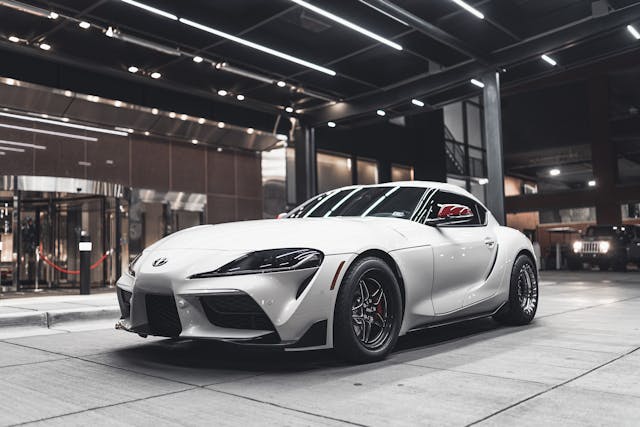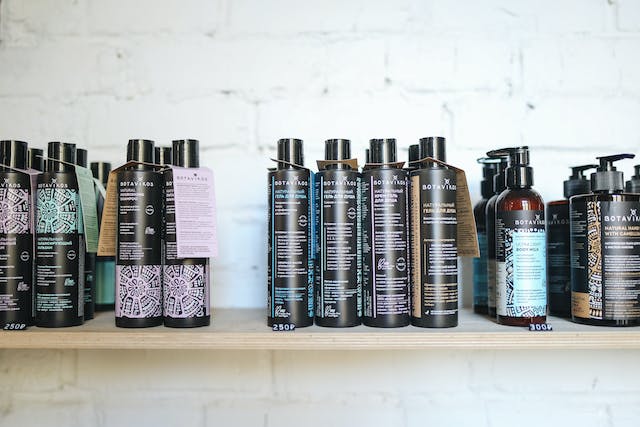
Types of Steel Casting Defects and How to Prevent Them
Steel casting is a highly specialized job that requires high levels of a specific skill-set. Despite taking adequate precautions and skillful handling of the casting operation, defects can sometimes arise in the finished product.
Thus, it is important to know in detail what the possible defects are. We can then look at the possible precautions that one can take to prevent those defects from arising.
Table of Contents
ToggleTypes of Steel Casting Defects
Steel casting defects can be broadly categorized into the following types:
· Gas defects
· Shrinkage defects
· Defects in the mold material
· Defects in metal pouring.
· Metallurgical defects
· Defect in the shape of the casting
- Gas Defects
The casting process involves pouring molten metal into casts, which then solidifies. During this process, excess gas is released. To facilitate this process, casts need to be permeable to gases.
However, it is fairly common for the casts to be impermeable, thus resulting in gas defects in the form of bubbles. Some of the common types are as follows:
- Porosity:
These are porosities or small holes caused by the trapping of gas bubbles in the upper part of the casts. You can easily see them, and they are often found clustered together.
- Blowholes:
Blowholes are large-sized holes that are caused by large-sized gas bubbles. These are commonly seen deep in the cast and thus not always visible from the outside.
Sometimes the blowholes can extend to the surface of the cast, thus opening into the surface. These are called open holes or surface holes.
Prevention of gas defects is commonly done by ensuring the casting sand is completely dry before casting. Damp casting sand can give rise to gas bubbles.
- Shrinkage Defects
Another common type of steel casting defect is shrinkage defects. These are caused due to the phenomenon of metals shrinking when they cool down from the very high temperature at which they are cast. The defect occurs when different parts of the metal cool down unevenly, resulting in an uneven shape. Some of the common types are discussed below.
· Open Shrinkage Defects: These are caused when the metal’s surface cools unevenly, this drawing in the air onto the surface. This creates a defect on the surface of the metal, often visible as a dip.
· Closed Shrinkage Defects: These defects are caused by uneven cooling in deeper parts of the metal. They can be large or small in size, depending on the area that is unevenly cooled.
· Warping: Warping is a special type of shrinkage defect where uneven cooling of different parts of the metal results in bending or changes in the metal’s shape. It occurs when a large portion of the casted metal is affected by shrinkage.
Shrinkage defects can be easily avoided if you can maintain a steady and even molten metal flow while casting. The uneven flow of molten metal is the most common reason for shrinkage defects as it can cause uneven cooling of the metal.
Defects in the Mold Material
It is a type of steel casting defect that is caused by defective material used for molds. It can occur in a lot of different ways and is one of the most frequently occurring defects in casting.
- Cuts and washes: This type of defect is caused by erosion of mold mater due to the metal’s corrosive action.
- Swells: These are swelling on the casted metal caused by a mold that is not firm enough to hold the molten metal in place firmly.
- Drops: Drops are caused by defective molds that allow them to mix with the molten metal, giving rise to a “dirty” looking finished product.
Steel casting can produce a variety of defects, most of which are preventable. Thus by keeping in mind the proper preventive measures, you can cast perfectly without worrying about a defect in the finished product.
Read More:
Complete Step Of The Sand Casting Process


